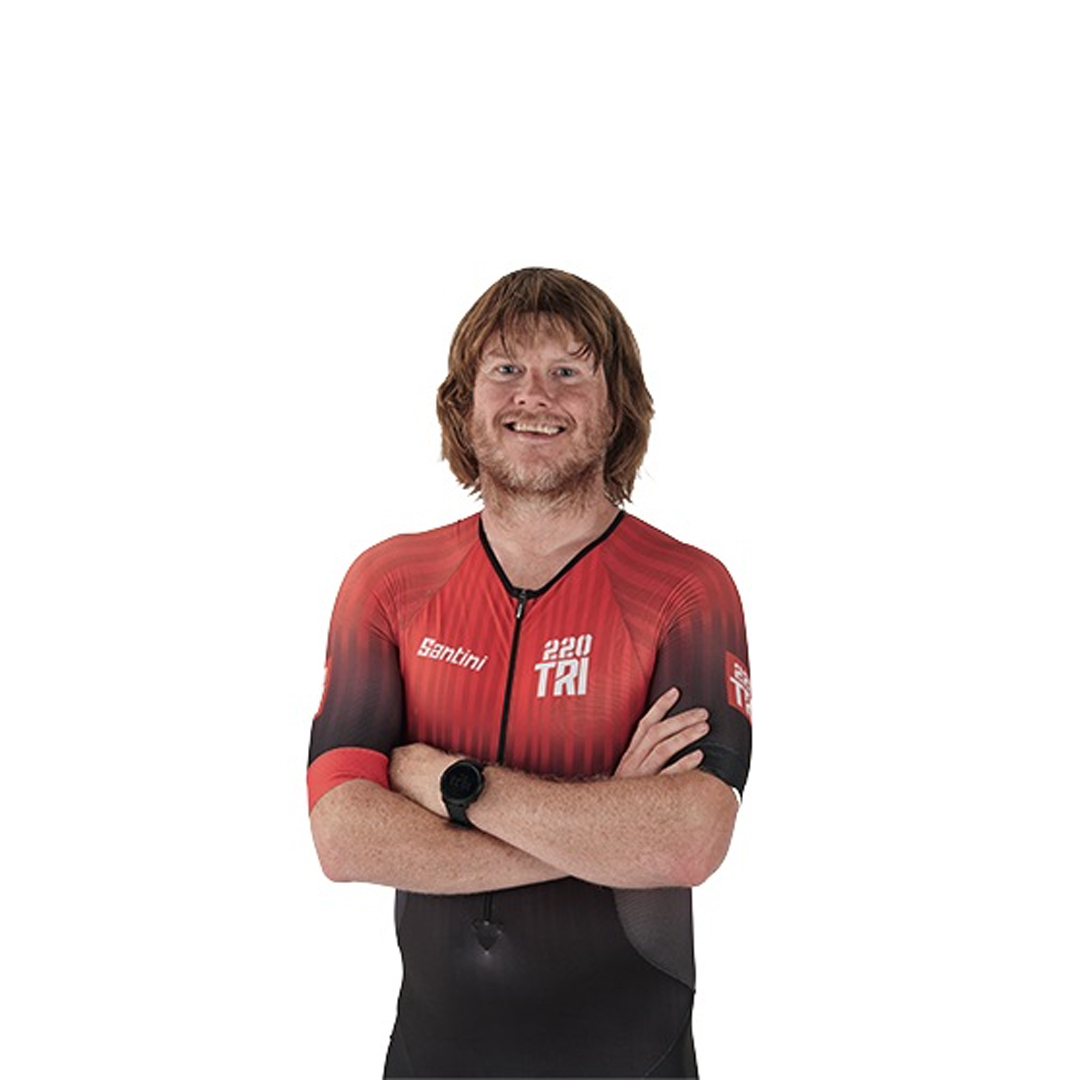Stepping up to middle-distance and wondering how to fuel race-day? Planning your nutrition and hydration successfully can be the difference between victory and failure. Here's how make sure your nutritional strategy makes it a success...
"A middle and iron athlete might eat 3hrs before the start to digest a greater quantity of food,” explains Gatorade's sports scientist Matt Furber.
“But be realistic. If your race starts at 7am, are you going to get up at 4am? As long as you carb-up three days beforehand, the evidence suggests what you have in the morning does little for overall muscle glycogen.”
So for middle-distance, slow-GI is the way ahead with porridge a favourite.
How much fluid should you take on?
Sip water at regular intervals pre-race, and then many will go for a gel 15mins before to raise glucose levels. “This is the distance where you’ll be looking for up to 90g carbs per hour from a glucose/fructose mix,” says Furber.
The Gatorade sports scientist warns that, in his age-group experience, 105g per hour is the limit, so start with two gels an hour in training and build up to three gels until your body is acclimatised.
“As soon you’re out of the swim, begin your race strategy,” Furber adds. “Say you’re aiming for those 90g per hour, decide whether you’ll consume a carb drink, gels, blocks and/or energy balls. And determine whether you’re going to feed every 15 or every 20mins.
"Just remember that if it’s every 15mins, it’s four 22g carb gels an hour; every 20mins and it’s three 30g carb gels.”
Energy balls and bars are recommended early in the bike if you can maintain an easy-to-moderate intensity; if it’s a hilly beginning, hold off until effort levels drop or your stomach could suffer. The bike should be easily templated.
The run, however, can become a battle of attrition. Follow the 90g pattern but stick to fluids and gels, again focusing on 15-20min feedings. A caffeine gel in the last hour of your run will also give you a kick and potentially lower any perception of pain.
As for hydration, you’re looking at around 500ml of fluid per hour during the bike and run legs, dependent on your individual sweat rate and the environment you’re competing in. You can also pencil in a caffeine strategy. Just remember that the gastro-issue potential rises with distance.
Feed like a pro
Former GB pro Jodie Cunnama has won major titles at both middle- and long-course tri. Here’s how she fuelled for success:
1. Don’t try anything new on race day. That includes a different gel, caffeine shot or an electrolyte. And find out what’s being served on the course and use that in training.
2. The volume and the time spent racing Ironman means that if there’s an issue with a sweetener or a different carb concentration in a substance, it’ll show up in the latter stages of the marathon run.
3. There’s a difference between nutritional requirements for middle- and long-course tri. I hardly needed anything for a 6hr race; for a 9hr race I needed constant fuel. And don’t just copy your mate. It’s all individual.
4. Make sure your supplements are clean. The list of banned and non-prohibited substances is here. Keep a log of what you’ve taken as well as the batch numbers of the products in case of any issues.
5. There’s a push to market for products that are ‘natural’ or that have ‘natural sugars’. In my race experience, sugar is sugar. You want it to release quickly and for it not to contain fibre.
Illustration: Daniel Seex
